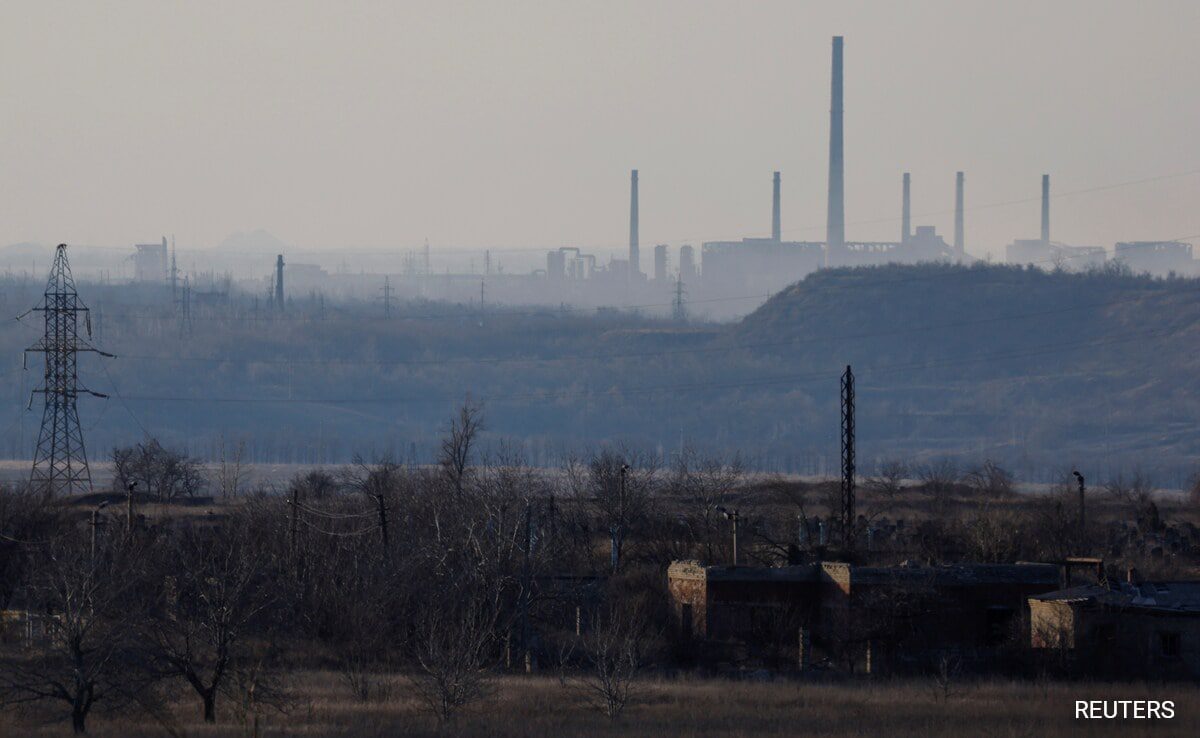The government taskforce in charge of cloud seeding missions in the United Arab Emirates, the National Center of Meteorology (NCM), refuted reports that it used the weather modification technique in the lead-up to strong storms across the nation, worsening flooding in areas like Dubai.
The company confirmed to CNBC that it did not send pilots out for seeding operations prior to or during Tuesday’s storm that hit the United Arab Emirates.
As stated by Omar AlYazeedi, the NCM’s deputy director general, “the institution did not conduct any seeding operations during this event.”
“One of the basic principles of cloud seeding is to target clouds early before it rains; if you have a severe thunderstorm situation, it is too late to conduct any seeding operation,” he said.
The nation saw its heaviest rainfall to date on Tuesday, with the Emirate of Al Ain receiving over 250 mm of rain, and other locations recording over 100 mm in places like Dubai, according to NCM data. In the UAE, there is an average of 140 to 200 mm of rainfall per year.
The NCM denial comes after a previous Bloomberg story in which expert meteorologist Ahmed Habib claimed that cloud seeding played a role in the Tuesday rains. Habib later stated to CNBC that while six pilots had flown missions in accordance with standard procedure, no clouds had been seeded. The reports could not be independently confirmed by CNBC.
Encouraging rainfall through cloud seeding has been a key component of the UAE’s efforts to address water scarcity. Since the introduction of seeding missions in the 1990s, more than 1,000 hours of cloud seeding have been completed each year.
The NCM reported that it had monitored the approaching intense downpour but had not targeted any clouds during that time, blaming the storm on precipitation that naturally occurred.
“We take the safety of our people, pilots, and aircrafts very seriously,” the deputy director general continued. Extreme weather events do not trigger cloud seeding operations by the NCM.”
Precipitation in the Gulf state has increased over the last few years and is expected to increase by 15–30% in the upcoming years, according to a report published in the scientific journal Nature.
The UAE, which has historically been known for its desert climate and little rainfall, has seen changes in weather patterns over time as a result of climate change.
Ahead of the erratic weather, the National Emergency Crisis and Disaster Management Authority of the UAE government warned citizens to stay indoors and follow safety precautions on social media platform X.
Buildings and infrastructure in the UAE are made to withstand local weather conditions, such as little rainfall. The country’s primary operations were suspended due to flooded roads and airports caused by the drainage systems in the United Arab Emirates being unable to handle the heavy rainfall.
also read:- Bob Graham, the former governor of Florida and US senator, dies at the age of 87




